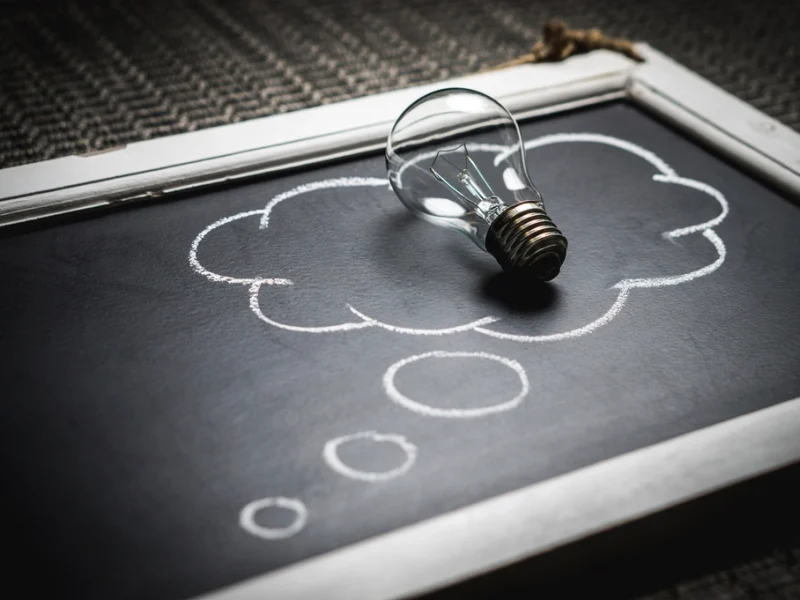The rapid growth of Artificial Intelligence (AI) has transformed industries across the globe, and the art world is no exception. From visual arts to music, AI has introduced new tools, possibilities, and challenges for artists worldwide. This article explores how AI impacts artists, fostering creativity while sparking debates about originality and authorship.
1. AI as a Creative Tool
AI has provided artists with advanced tools that enhance their creative processes, allowing them to experiment in ways that were previously unimaginable.
- AI-Generated Art: Platforms like MidJourney, DALL-E, and DeepArt allow artists to generate stunning visuals based on simple text prompts.
- Assisted Creativity: Musicians, designers, and digital artists use AI tools to generate ideas, automate repetitive tasks, and streamline workflows.
Example: Musicians can use AI-powered composition tools like AIVA to assist in creating new melodies or soundscapes.
2. Enhancing Accessibility
AI has made creative tools more accessible to a broader audience, allowing individuals without technical skills to explore art and design.
- User-Friendly Software: AI platforms require minimal training, empowering beginners to create professional-grade artwork.
- Cost Efficiency: AI tools reduce production costs, especially for independent artists.
Impact: Aspiring artists can now access powerful tools that were once reserved for experts and large studios.
3. Challenges of AI in Art
While AI unlocks exciting opportunities, it also raises concerns within the artistic community.
- Originality and Authorship: Who owns an AI-generated piece of art? Artists question whether AI art lacks the human touch and emotion central to traditional creativity.
- Job Displacement: Some fear that AI will replace human artists, especially in industries like graphic design or illustration.
Example: AI-generated images have sparked debates about whether they should compete with human-created art in competitions.
4. New Opportunities for Collaboration
Instead of replacing artists, AI often works as a collaborator, inspiring human creativity.
- Hybrid Art: Artists combine AI-generated elements with their own work to create unique hybrid pieces.
- Global Innovation: AI enables artists from different backgrounds to experiment with new styles, breaking cultural and geographical barriers.
Tip: Embrace AI as a tool rather than a competitor to push the boundaries of your creative work.
Final Thoughts
The growth of AI is reshaping the creative landscape, offering artists new tools to innovate, collaborate, and expand their reach. While challenges exist, the integration of AI into art provides an opportunity to redefine creativity in the digital age. By leveraging AI responsibly, artists can continue to inspire and engage audiences worldwide.
Question: How can you incorporate AI into your creative process to unlock new possibilities?
